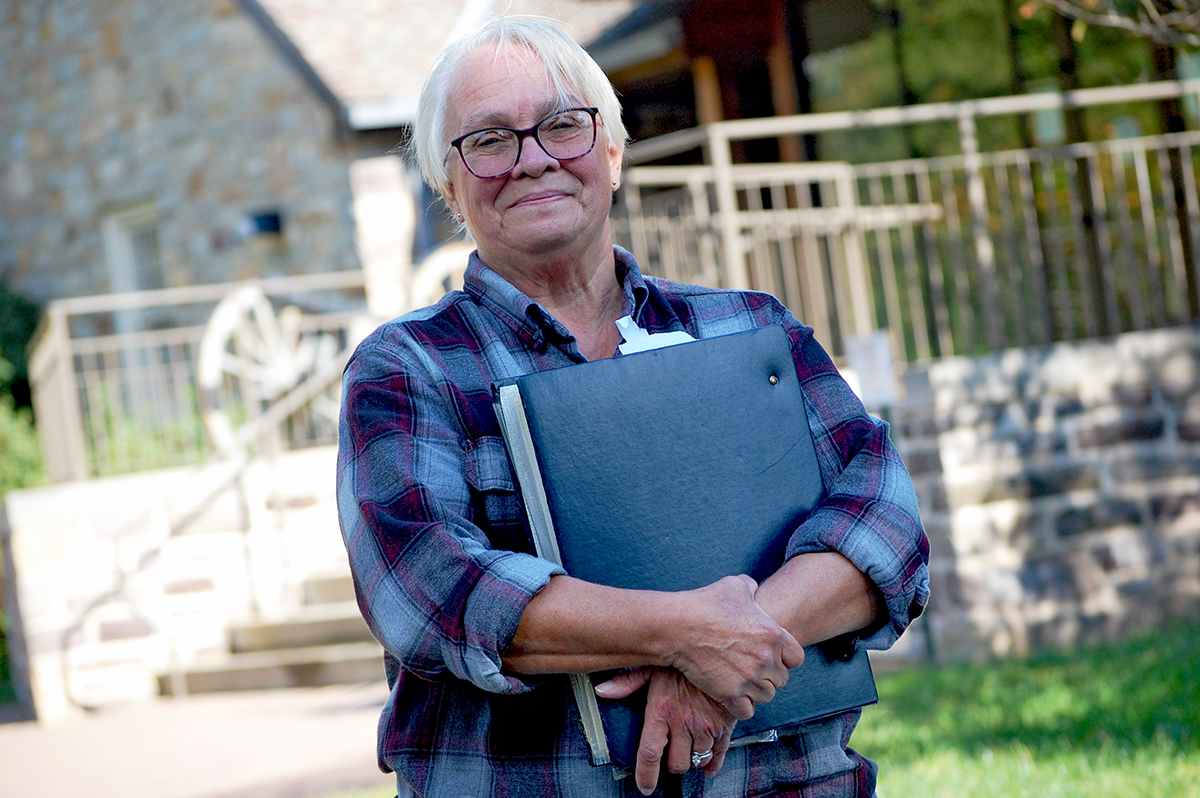
For most people, Washington Crossing Historic Park is a place to visit and learn about history. For Barbara Felver (pictured above), the park was her childhood home.
“I grew up just below Bowman’s Hill Tower,” says Barbara, who now lives in South Carolina. “My parents rented one of the houses from the state. The park was my playground. I can probably still tell you where to find lady slippers and all kinds of cool plants.”
Barbara was recently back in Bucks County and shared with park staff a scrapbook filled with memories, photos and newspaper clippings about her father, Bill Cooper. A WWII Army veteran who served in Italy, France and Germany, Bill came to work at the park soon after he was discharged. Barbara doesn’t know what his exact title was, but she describes him as a “jack of all trades.”
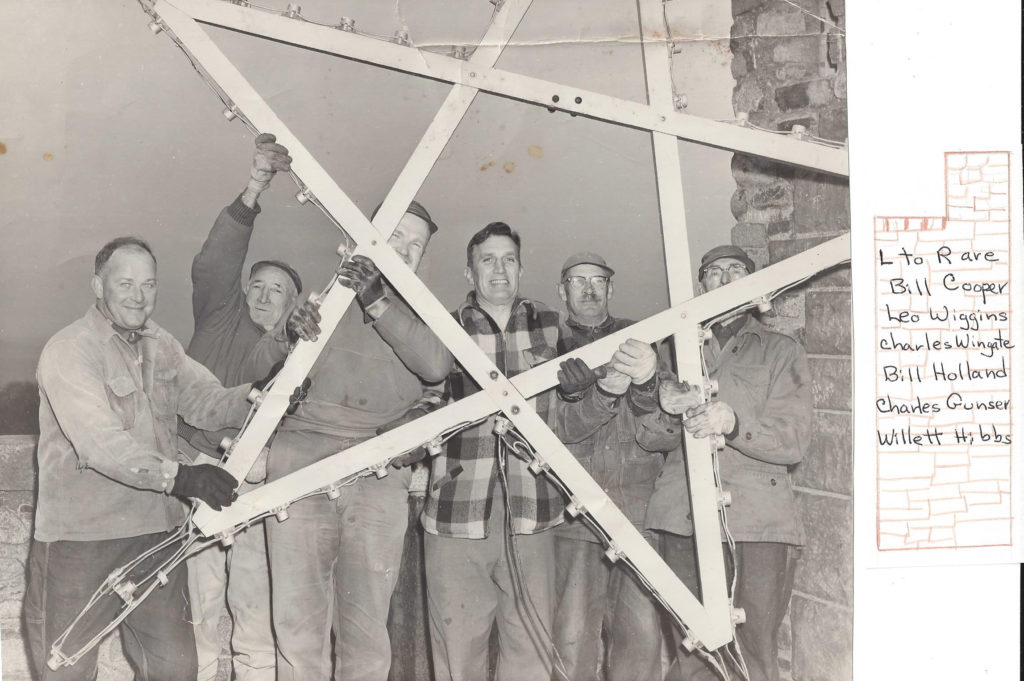
“He helped build all the picnic pavilions…he actually quarried the stone for some of them,” she says. “He built the star that goes on the top of Bowman’s Hill Tower at Christmas. He hand-carved trail signs for Bowman’s Wildflower Preserve. He restored furniture for Ann Hawkes Hutton [former board chair of the Washington Crossing Foundation]. He took care of the sheep at the Thompson-Neely House. He built picnic tables made with wood from park trees. He really did a little bit of everything.”
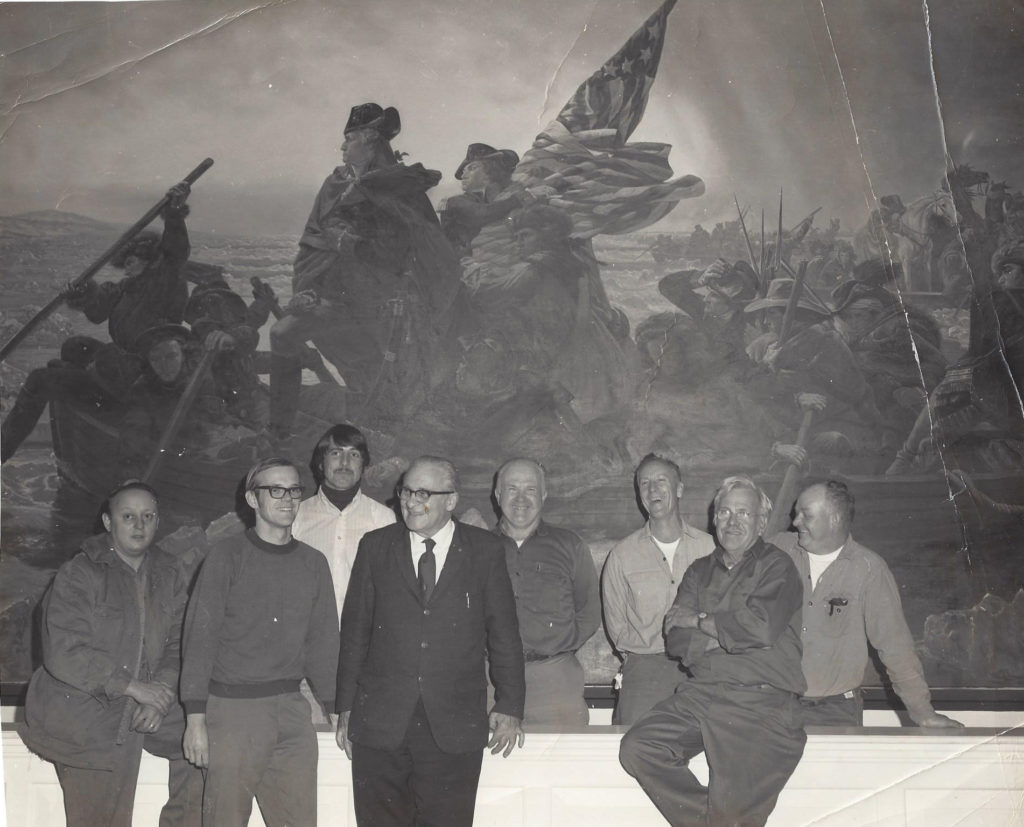
Bill worked at the park during many memorable moments. He was there when the original Leutze painting of Washington crossing the Delaware was hung in the nearby Methodist church, where it was first displayed before being moved to the park visitor center. He was also there for the first official crossing reenactment in 1952.
“He was always busy on Christmas Day, lighting bonfires on the riverbank and shoveling snow sometimes,” Barbara says. “One of the boats got loose one year and they didn’t catch up with it until the Yardley boat ramp.”
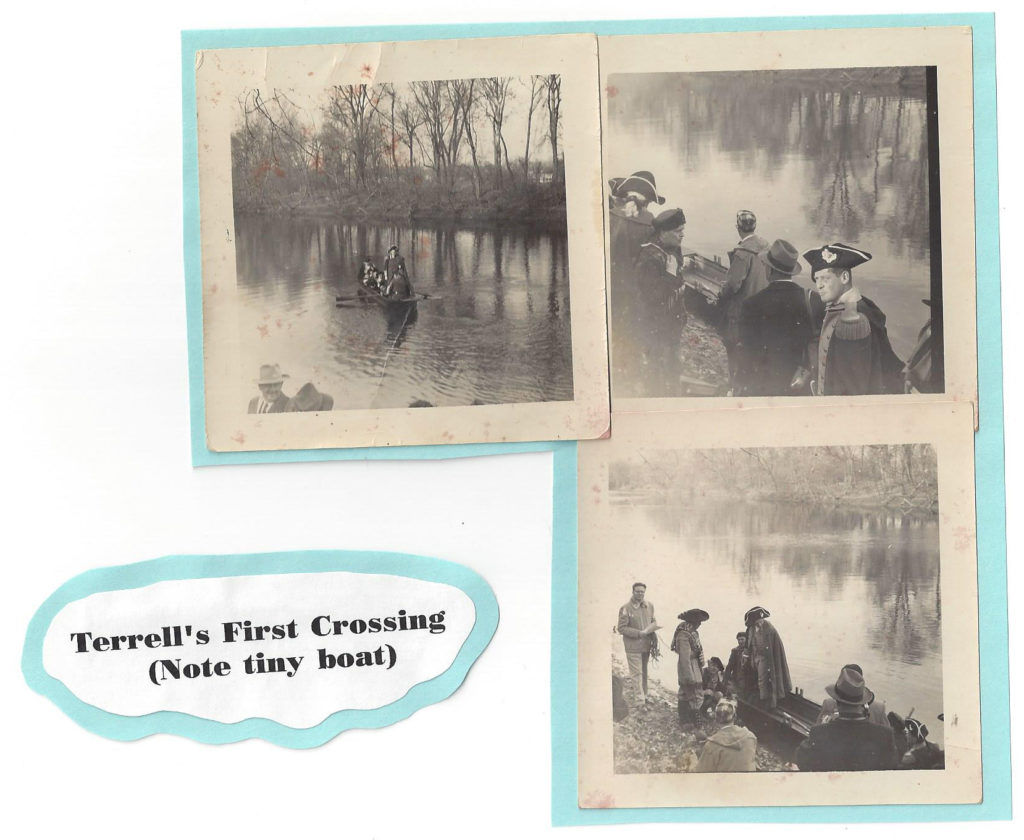
Sometimes Bill’s work fell under “other duties as assigned.”
One day National Geographic wanted to do a story about the Thompson-Neely House, and they needed some men to put on uniforms to pose for photos, according to an entry in Barbara’s scrapbook. Bill and another employee were elected, but one of them split the seat of his pants and had to be sewed back together before the photoshoot could continue.
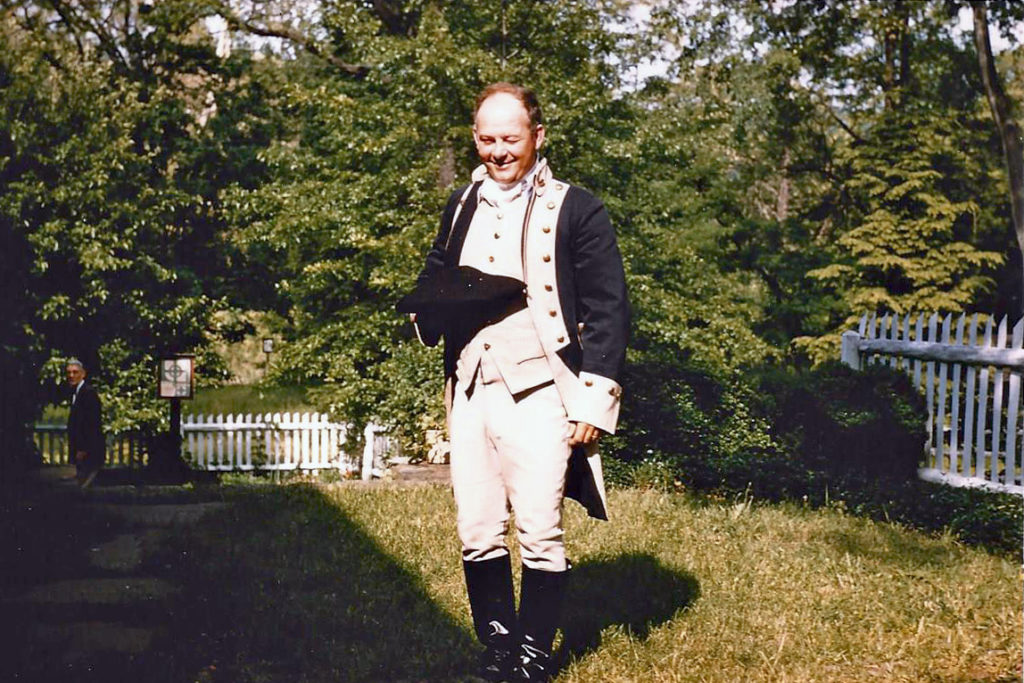
Barbara also remembers her dad driving the park tractor out onto the ice at the park lagoon to test whether it was thick enough for skaters.
Perhaps the most significant thing to come out of Bill’s career was his introduction to a young park secretary named Lorraine Bradley. Romance blossomed, wedding bells chimed, and Lorraine Bradley became Lorraine Cooper.
“I had a great childhood with loving parents,” Barbara says wistfully. “My dad built sledding paths on Bowman’s Hill. We hunted salamanders in the creek. We had scavenger hunts in the woods and canoed on the canal. When my Girl Scout troop camped in the field my dad would tell stories about John Bowman’s ghost and he would rattle chains and spook everyone.”
Bill retired from the park in 1985 after a 38-year career, but he wasn’t done yet. Soon after retirement, he took over operation of the park’s Thompson-Neely Grist Mill, located near the base of Bowman’s Hill. Barbara said he ground corn, led tours for schoolchildren, and spent much time doing research to learn the skills required to keep the mill in operating order.
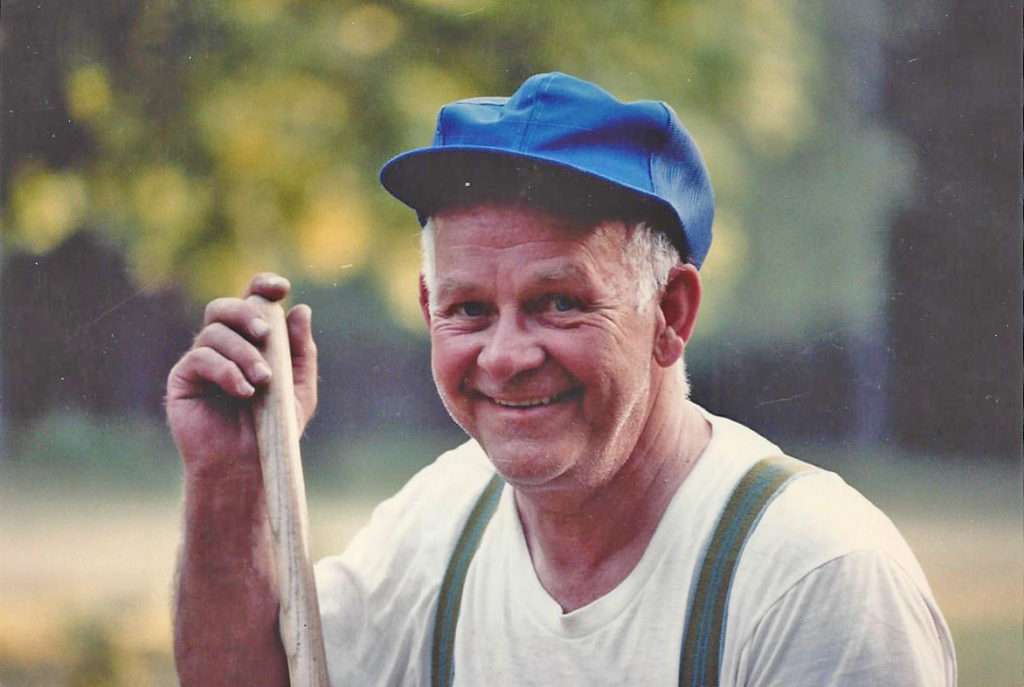
Bill passed away 20 years ago, but his legacy lives on at the park in many forms, including a memorial white oak tree that was donated in his name and planted near his former home at the base of Bowman’s Hill.
“My dad loved history and loved working for the park,” Barbara says simply.

